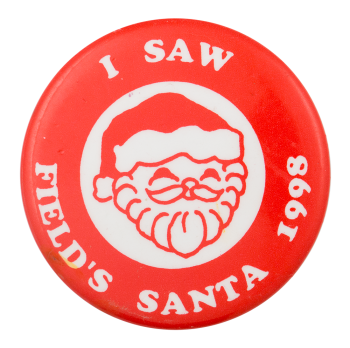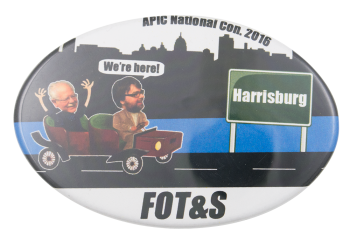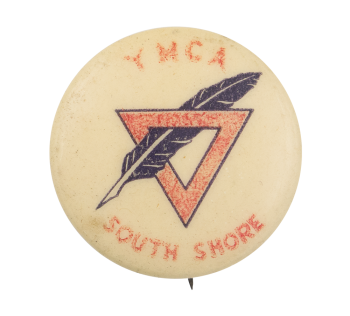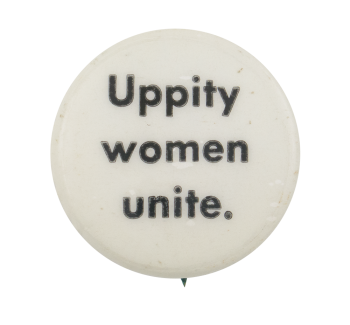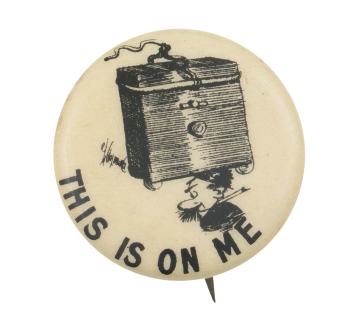Field's Santa 1998
| Category | |
|---|---|
| Additional Images | |
| Sub Categories | |
| Text on Button | I SAW FIELD'S SANTA 1998 |
| Image Description | White text around the outer edge of an illustration of Santa Claus on a red background |
| Back Style | |
| The Shape | |
| The Size | |
| Year / Decade Made | |
| Additional Information | The Marshall Fields department store opened in Chicago, Illinois in 1852. Although the store was known for its grandeur and plethora of stores, it was even more popular in the winter seasons for its elaborate Christmas decorations that featured animated displays, themed window exhibitions, and Santa Clause for the children to visit. |
| Catalog ID | EV0468 |

